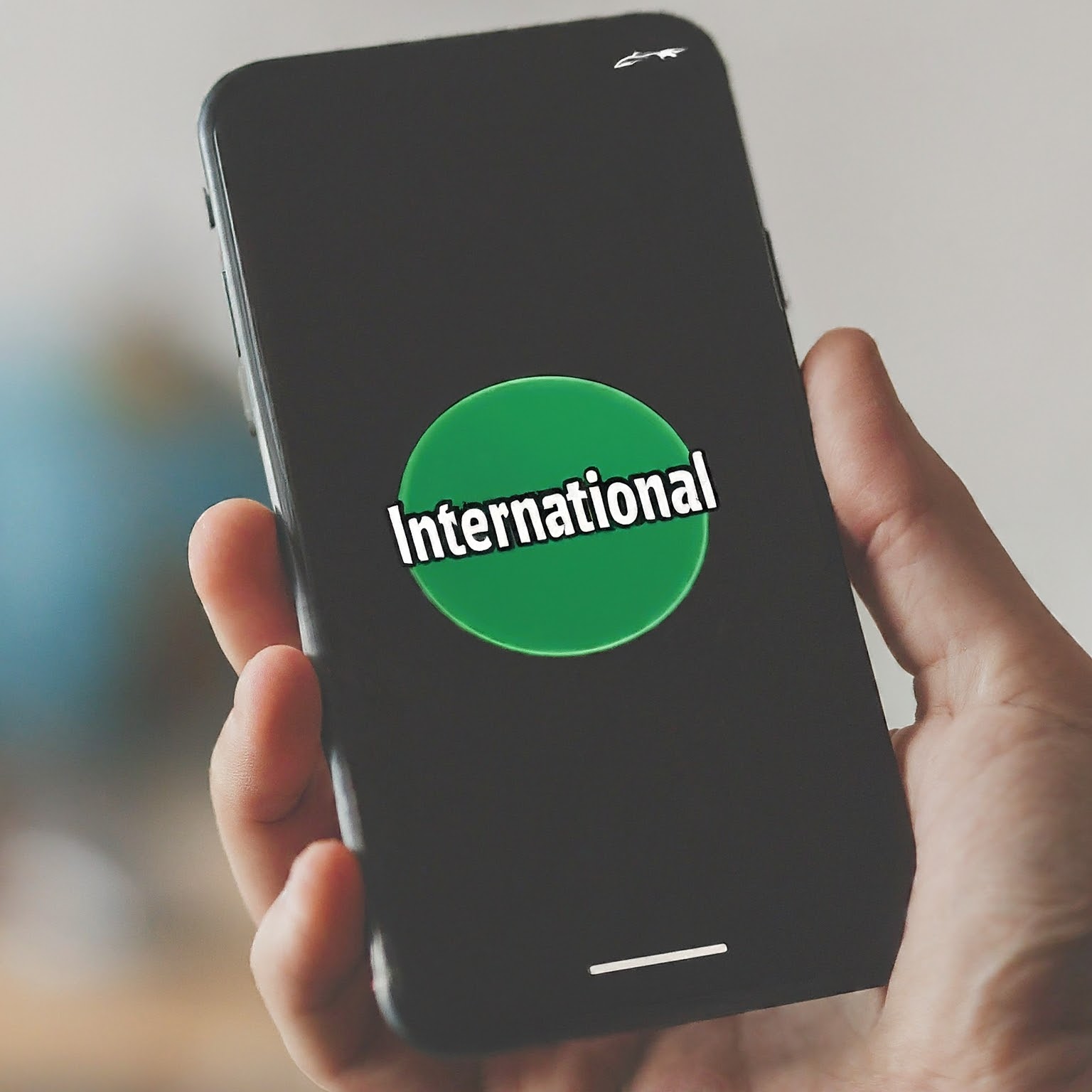In today’s interconnected world, the ability to communicate seamlessly across borders is essential for both personal and professional life. International phone calls have become an integral part of our daily lives, bridging geographical distances and facilitating global interactions. This article delves into the intricacies of international phone calls, exploring their history, technology, challenges, and the future of this vital communication channel.

A Brief History of International Phone Calls
The concept of communicating over long distances dates back to the early days of telephony. However, international phone calls as we know them today emerged in the early 20th century. The first transatlantic telephone cable was laid in 1926, marking a significant milestone in global communication. This technological advancement paved the way for real-time voice conversations between continents.
Over the decades, the landscape of international phone calls has undergone dramatic transformations. The introduction of satellite communication in the 1960s revolutionized the industry, enabling calls to be routed through space, expanding coverage to remote areas. The subsequent development of digital switching and fiber-optic cables further enhanced call quality and capacity.
How International Phone Calls Work
Understanding the technical intricacies of international phone calls is essential for appreciating their significance. When you make an international phone call, your call travels through a complex network of telecommunication infrastructure. Here’s a simplified breakdown of the process:
- Dialing: When you dial an international number, your phone sends a signal to your local telephone exchange.
- Routing: The call is then routed through the Public Switched Telephone Network (PSTN) to an international gateway.
- International Network: The call enters the international network, which comprises various communication channels, including undersea cables, satellites, and terrestrial microwave links.
- Destination Country: The call is routed to the destination country’s telephone network.
- Local Exchange: The call is forwarded to the recipient’s local telephone exchange, and finally, to their phone.
Challenges in International Phone Calls
While international phone calls have become more accessible and affordable over the years, several challenges persist. One of the primary concerns is call quality, which can be affected by factors such as network congestion, distance, and environmental conditions. Additionally, time zone differences can pose difficulties in scheduling calls, especially for businesses operating in multiple regions.
Another challenge is the cost of international phone calls, although it has significantly decreased with the advent of new technologies and increased competition. However, high rates still present an obstacle for some individuals and businesses. Moreover, regulatory hurdles and differing telecommunication standards between countries can complicate the process of making international phone calls.
The Impact of VoIP on International Phone Calls
Voice over Internet Protocol (VoIP) has revolutionized the way we make international phone calls. By converting voice signals into data packets, VoIP enables calls to be transmitted over the internet, bypassing traditional telephone networks. This technology offers several advantages, including lower costs, higher call quality, and additional features such as video calling and call forwarding.
VoIP services have become increasingly popular for both consumers and businesses. They provide flexible and affordable options for making international phone calls, allowing users to connect with people around the world without incurring exorbitant charges.
The Future of International Phone Calls
The future of international phone calls is bright, with emerging technologies poised to transform the industry. The integration of artificial intelligence (AI) has the potential to enhance call quality, improve customer service, and enable real-time language translation. Additionally, advancements in network infrastructure, such as 5G and beyond, will further improve call speeds and reliability.
Furthermore, the growing popularity of mobile devices and smartphones is driving the demand for mobile international phone calls. As mobile networks continue to expand and improve, we can expect seamless global connectivity to become the norm.
Conclusion
International phone calls have come a long way since their inception, evolving from a luxury to an essential communication tool. The convergence of technology and globalization has made it easier and more affordable to connect with people across the world. As technology continues to advance, we can anticipate even more innovative and efficient ways to make international phone calls in the future.